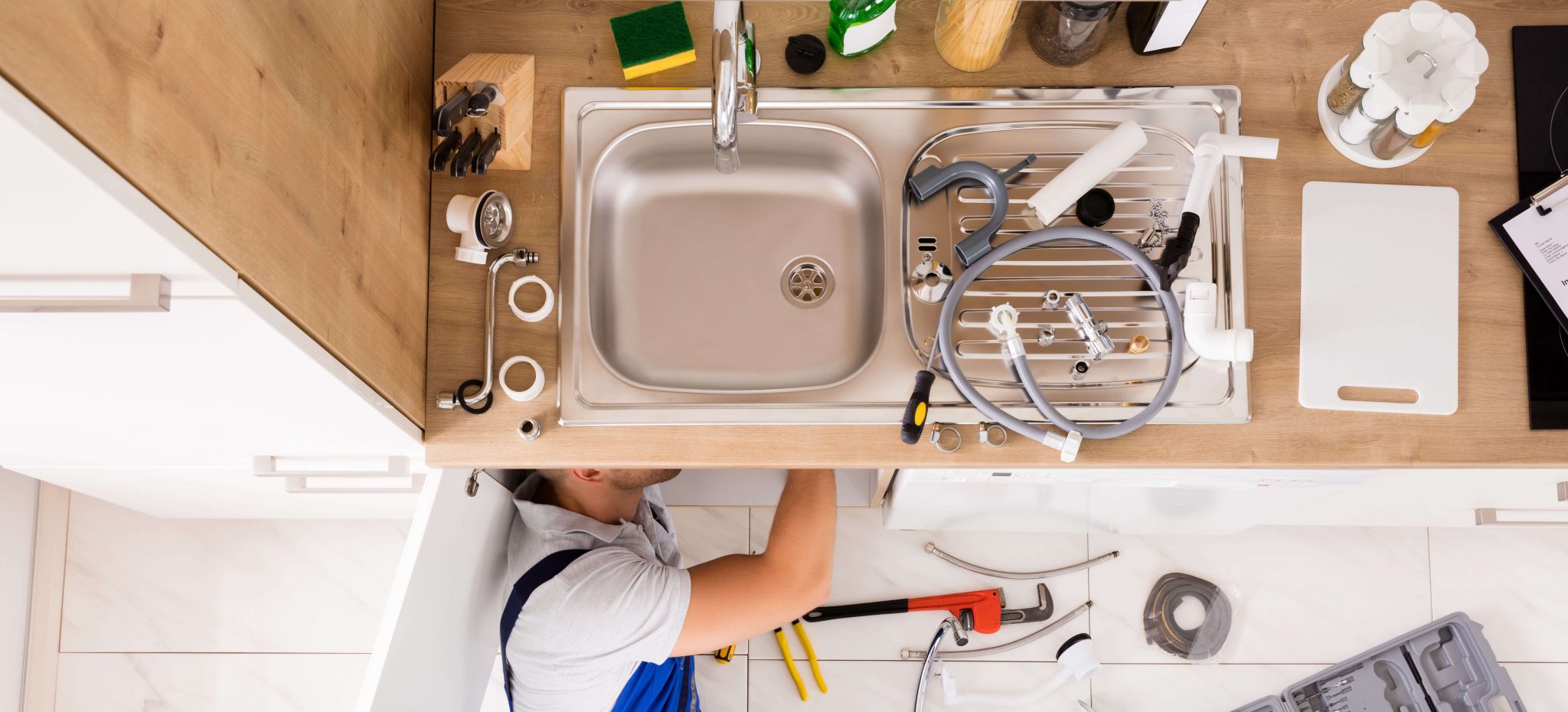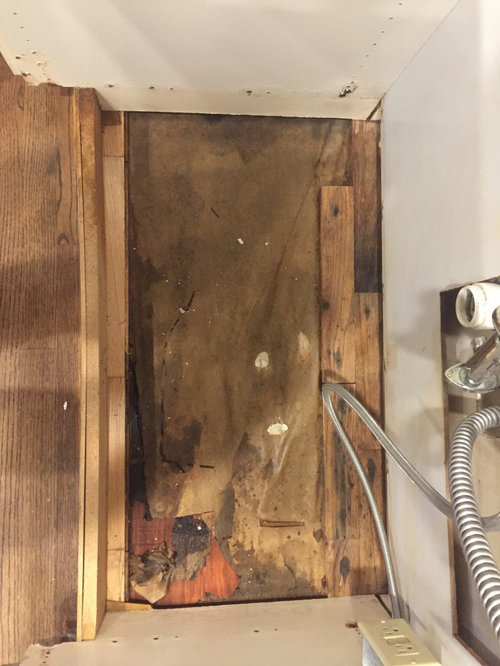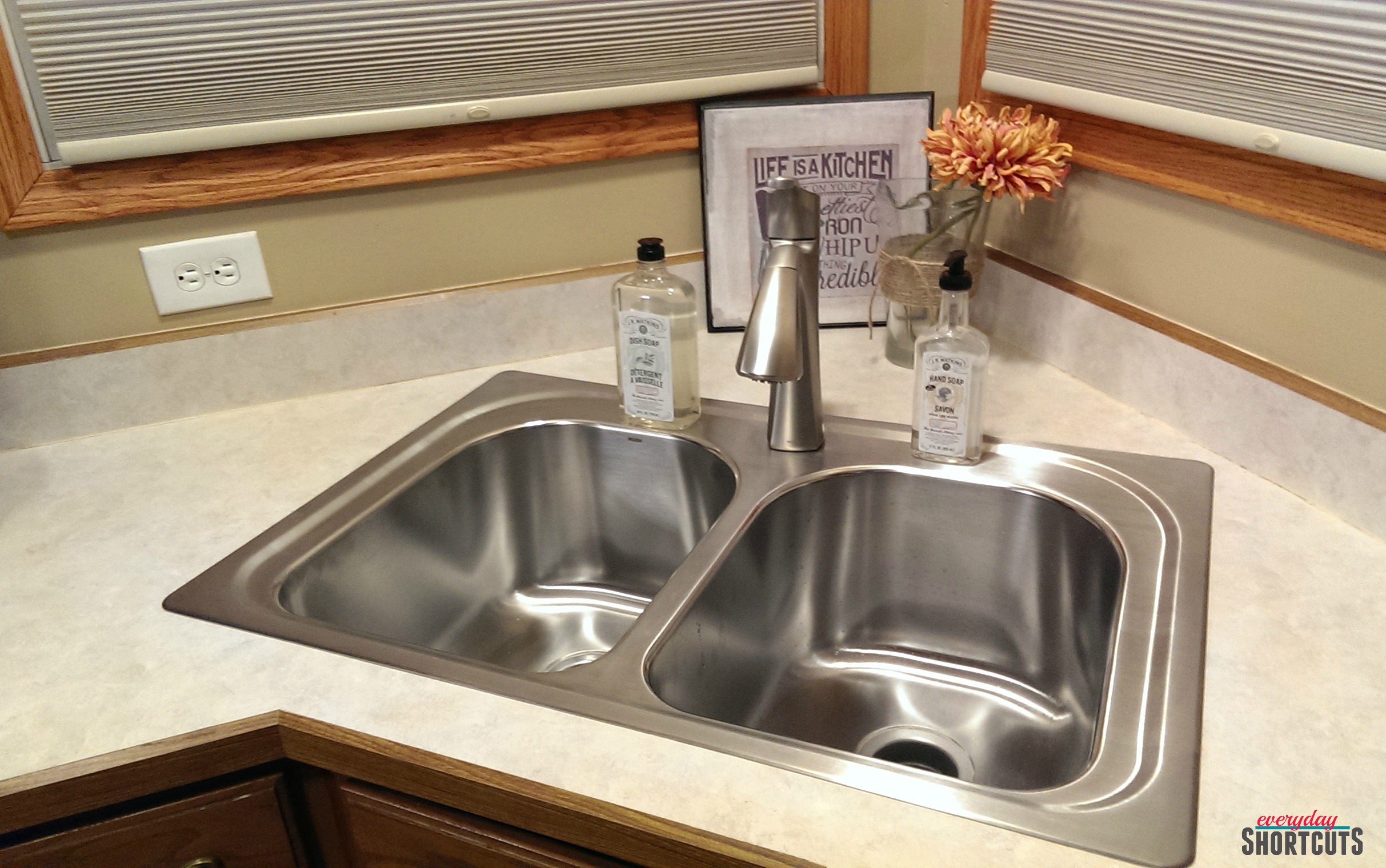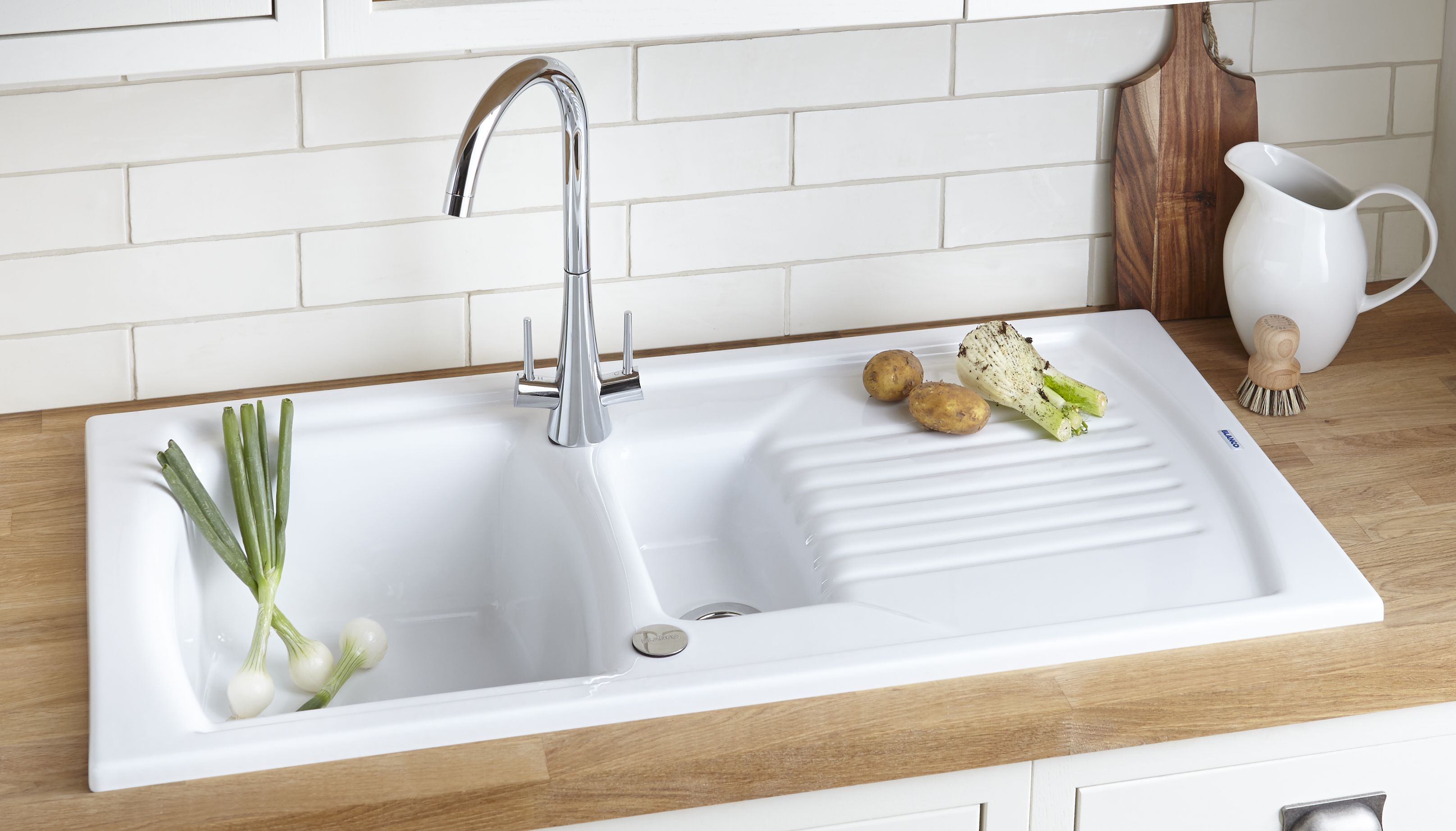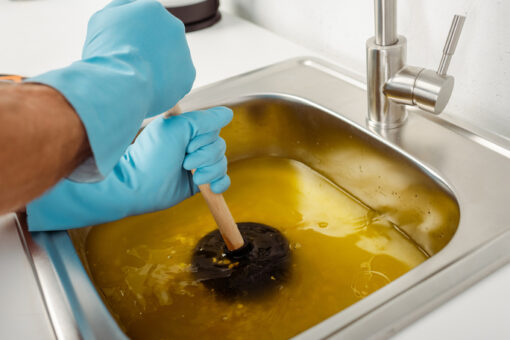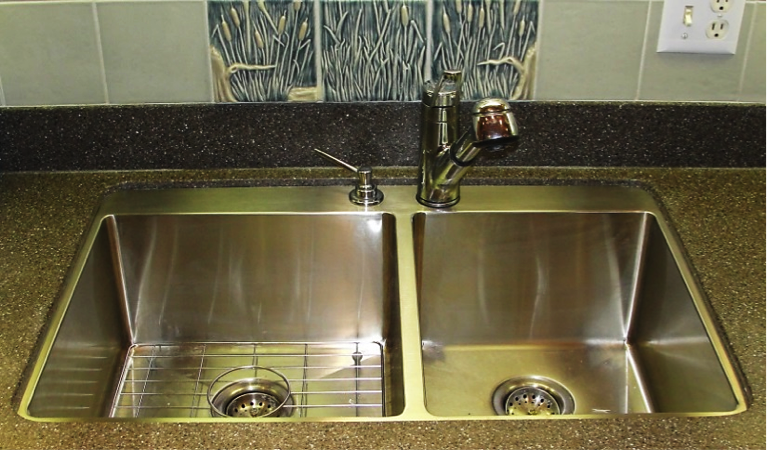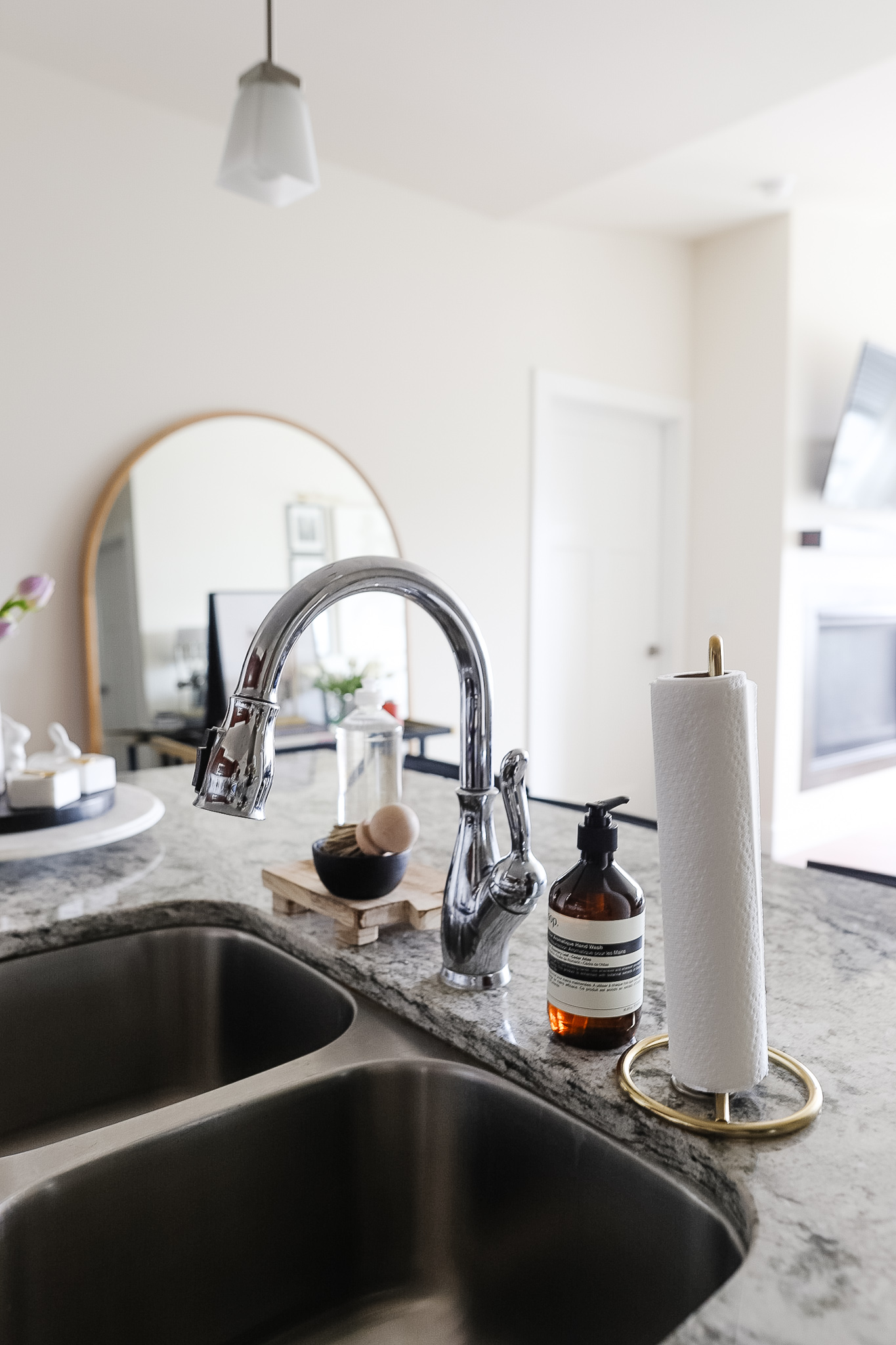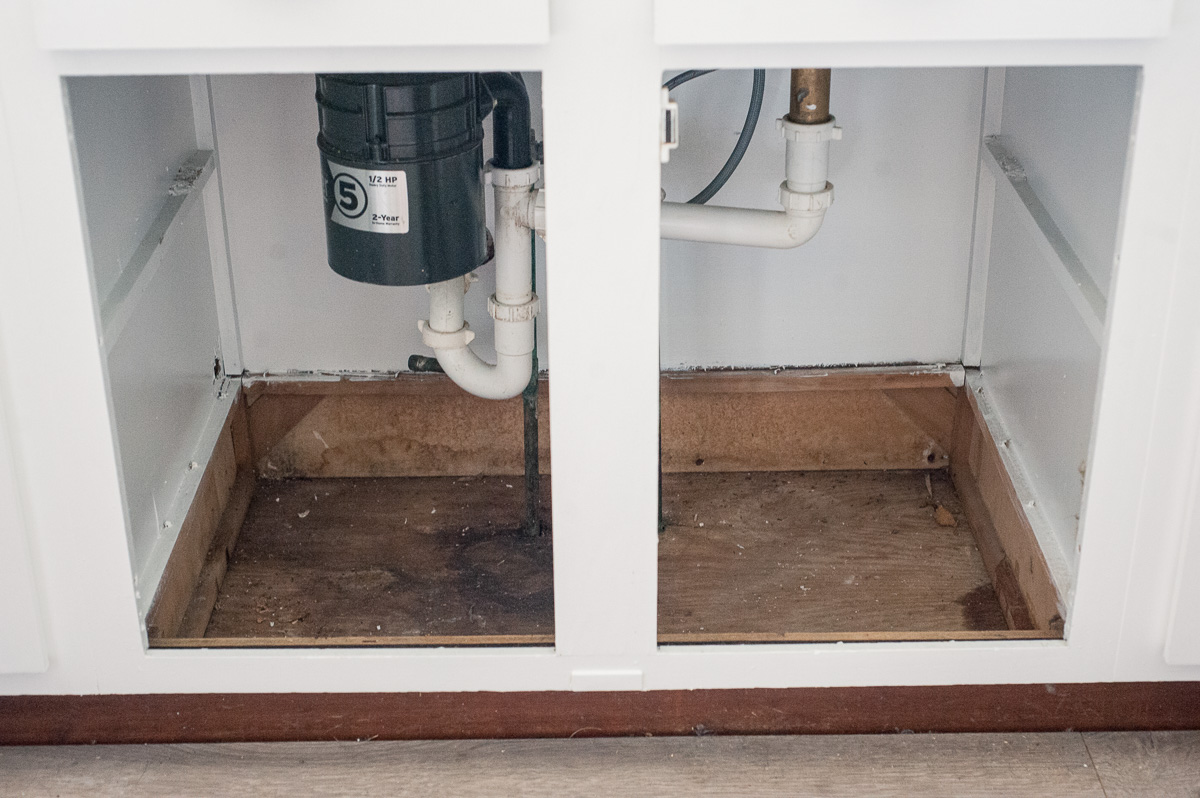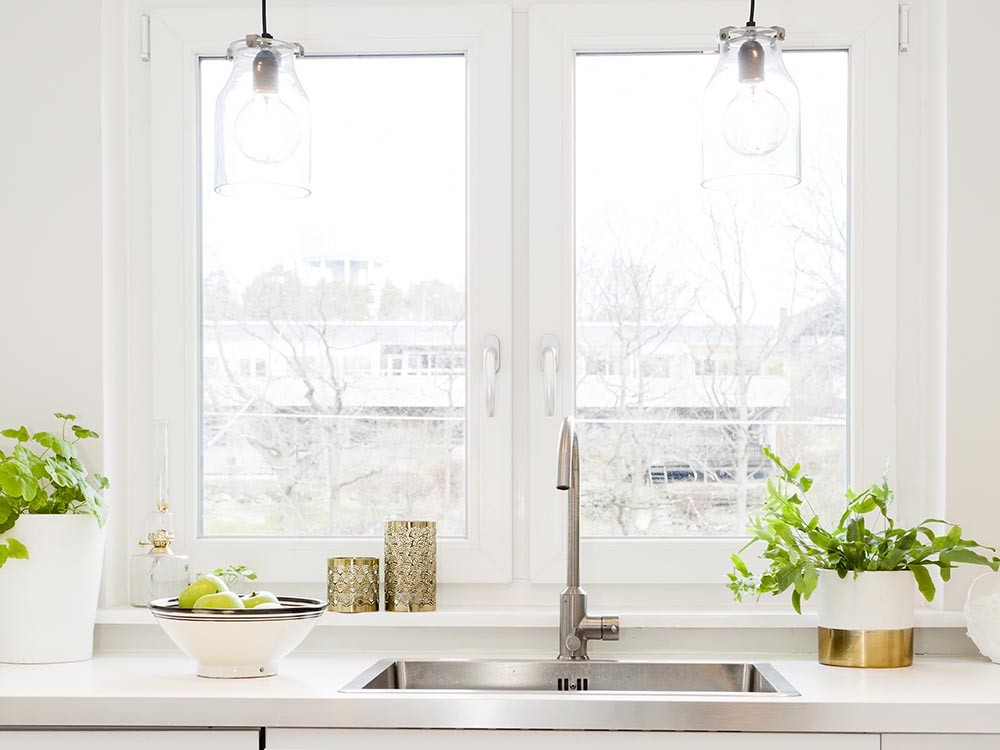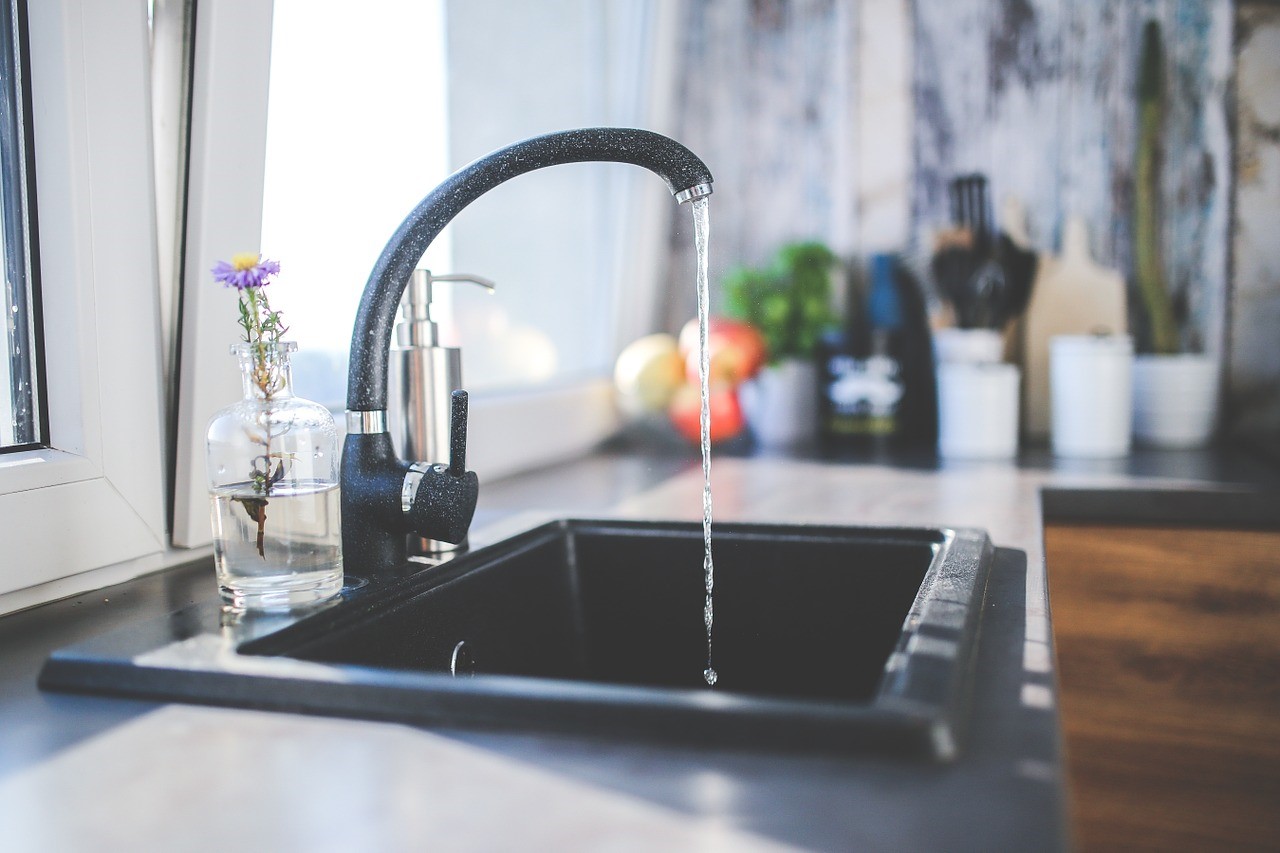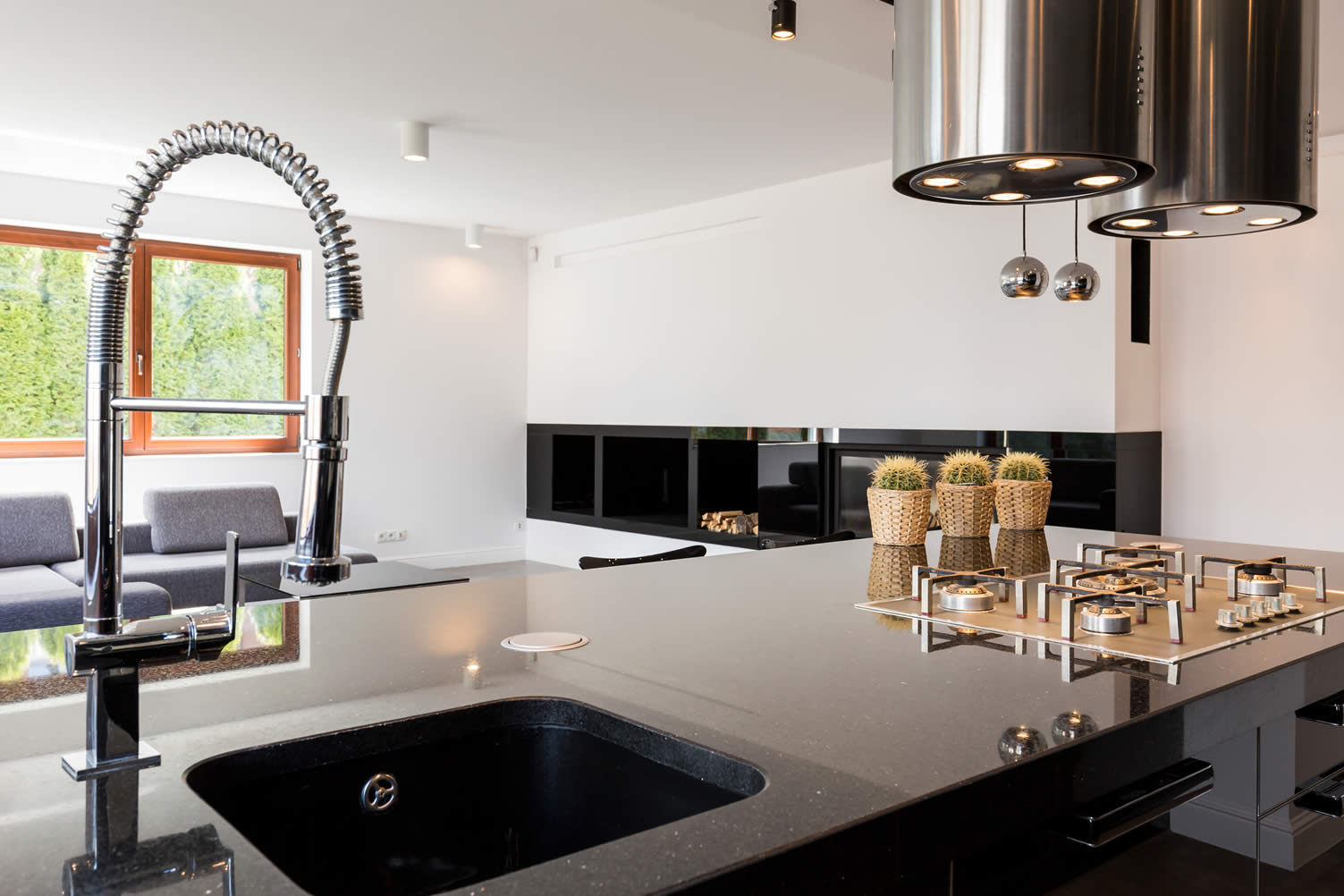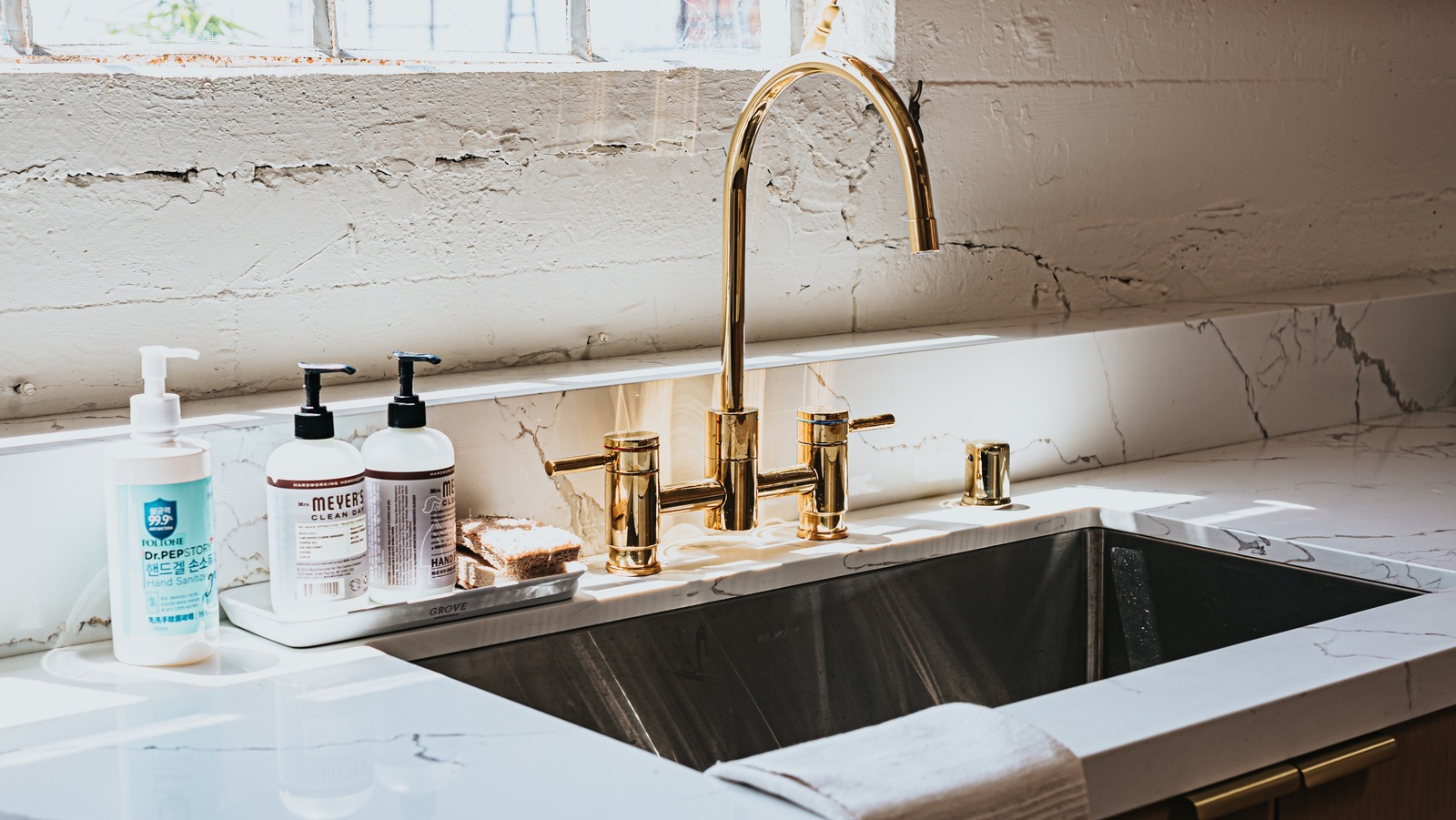Replacing a kitchen sink may seem like a daunting task, but with the right preparation and knowledge, it can be a straightforward process. Before you dive into changing out your kitchen sink, here are six things you should know: 1. Measure your current sink and the new sink. Before purchasing a new sink, make sure to measure the dimensions of your current sink and the new one. This will ensure that the new sink will fit properly in the existing space. 2. Consider the material of the sink. Kitchen sinks come in a variety of materials such as stainless steel, porcelain, granite, and more. Each material has its own pros and cons, so be sure to do some research and choose one that fits your needs and budget. 3. Don't forget about the faucet. When changing out your kitchen sink, it's also a good time to replace the faucet. Make sure to choose one that complements the new sink and is compatible with your existing plumbing. 4. Check for any additional plumbing work. Depending on the type of sink you are replacing, you may need to make some adjustments to your plumbing, such as adding new pipes or extending existing ones. Be prepared for this possibility and have a plumber on standby if needed. 5. Have the necessary tools and materials. Changing out a kitchen sink will require some basic tools such as a wrench, pliers, and screwdriver. Make sure to also have plumber's putty, silicone caulk, and any other materials recommended by the manufacturer of your new sink. 6. Follow the manufacturer's instructions. Every sink is different, so be sure to carefully read and follow the instructions provided by the manufacturer. This will ensure that the sink is installed correctly and will function properly.Replacing a Kitchen Sink: 6 Things to Know Before You Start
Now that you know what to expect, here is a step-by-step guide on how to replace your kitchen sink: Step 1: Shut off the water supply. Before starting any work, make sure to turn off the water supply to your sink. This can usually be done by turning the valves under the sink clockwise. Step 2: Remove the old sink. Start by disconnecting the drain and water supply lines from the old sink. Then, using a utility knife, cut through any caulk or adhesive holding the sink in place. Finally, use a screwdriver to remove any mounting clips or brackets securing the sink to the countertop. Step 3: Install the new sink. Place the new sink in the desired position and secure it with mounting clips or brackets. Then, connect the drain and water supply lines, making sure they are tight and leak-free. Step 4: Apply caulk and plumber's putty. To prevent any leaks, apply a thin layer of plumber's putty around the edges of the sink. Then, apply a bead of silicone caulk along the seam between the sink and countertop. Step 5: Install the faucet. If you are also replacing the faucet, follow the manufacturer's instructions to install it now. Make sure to connect the water supply lines and test for any leaks. Step 6: Reconnect the water supply. Turn the water supply back on and check for any leaks. If everything looks good, you're all done!How to Replace a Kitchen Sink
If you're feeling handy and want to save some money, you can replace your kitchen sink yourself. However, keep in mind that this is not a task for beginners and may require some plumbing knowledge. Make sure to carefully follow the steps outlined above and don't hesitate to call a professional if you run into any issues.DIY Kitchen Sink Replacement
Changing out your kitchen sink may seem intimidating, but with this step-by-step guide, you'll be a pro in no time: Step 1: Gather your tools and materials. Before starting, make sure you have all the necessary tools and materials on hand. Step 2: Measure and choose a new sink. Measure your current sink and choose a new one that will fit in the existing space. Consider the material, style, and compatibility with your existing plumbing. Step 3: Shut off the water supply. Turn off the water supply to your sink by turning the valves under the sink clockwise. Step 4: Remove the old sink. Disconnect the drain and water supply lines, cut through any caulk or adhesive, and remove mounting clips or brackets holding the sink in place. Step 5: Install the new sink. Secure the new sink with mounting clips or brackets and connect the drain and water supply lines. Step 6: Apply caulk and plumber's putty. Apply plumber's putty and silicone caulk to prevent leaks. Step 7: Install the faucet. If replacing the faucet, follow the manufacturer's instructions to install it. Step 8: Turn the water supply back on. Check for any leaks and make sure everything is functioning properly.Step-by-Step Guide to Changing Out Your Kitchen Sink
Upgrading your kitchen sink can not only improve the functionality of your kitchen but also add a stylish touch. When choosing a new sink, keep in mind the material, size, and compatibility with your existing plumbing. Don't be afraid to splurge on a higher-quality sink that will last for years to come.Upgrading Your Kitchen Sink: What You Need to Know
Here are a few additional tips and tricks to keep in mind when replacing your kitchen sink: - Consider hiring a professional. If you're not confident in your plumbing skills, it's best to hire a professional to avoid any potential issues. - Don't forget about the garbage disposal. If you have a garbage disposal, make sure to also disconnect and reconnect it when changing out your sink. - Clean and declutter your cabinets. Before starting any work, make sure to clear out the area under the sink and wipe down the cabinets to prevent any damage or mess.Replacing a Kitchen Sink: Tips and Tricks
Replacing your kitchen sink can have several benefits, such as: - Improved functionality. A new sink can make tasks such as washing dishes and preparing food more efficient and enjoyable. - Updated style. A new sink can instantly update the look of your kitchen and add a touch of modernity. - Increased home value. Upgrading your kitchen sink can be a selling point for potential buyers and add value to your home.The Benefits of Changing Out Your Kitchen Sink
With all the different materials, styles, and sizes available, it can be overwhelming to choose the right kitchen sink for your home. Consider the overall style of your kitchen, your budget, and your specific needs when making your decision. Don't be afraid to ask for recommendations from a professional or do some research on your own.Choosing the Right Kitchen Sink for Your Home
Removing and installing a kitchen sink may seem like a daunting task, but with the right tools and knowledge, it can be a simple process. Follow the steps outlined above and don't hesitate to ask for help if needed.How to Remove and Install a Kitchen Sink
If you're looking to update your kitchen, changing out your sink is a great place to start. Some ideas to consider include adding a farmhouse sink, installing a double bowl sink, or choosing a unique material such as copper or concrete. Get creative and choose a sink that fits your personal style and enhances the overall look of your kitchen.Updating Your Kitchen: Sink Replacement Ideas
Why Changing Out Your Kitchen Sink Can Transform Your House Design

The Importance of Your Kitchen Sink
 When it comes to designing and renovating your house, the kitchen is often the first room that comes to mind. With its central location and frequent use, the kitchen is often considered the heart of the home. And within the kitchen, the sink is arguably the most important feature. It is not only used for food preparation and washing dishes, but it also adds to the overall aesthetic of the space. That's why changing out your kitchen sink can have a significant impact on your house design.
When it comes to designing and renovating your house, the kitchen is often the first room that comes to mind. With its central location and frequent use, the kitchen is often considered the heart of the home. And within the kitchen, the sink is arguably the most important feature. It is not only used for food preparation and washing dishes, but it also adds to the overall aesthetic of the space. That's why changing out your kitchen sink can have a significant impact on your house design.
Upgrade Your Style
 One of the main reasons to change your kitchen sink is to upgrade the style of your kitchen. Over time, sinks can become dated and worn out, making the entire kitchen appear outdated. By replacing your sink, you can instantly modernize the space and give it a fresh, new look. Whether you prefer a sleek and minimalist stainless steel sink or a farmhouse-style apron sink, there are endless options to fit your personal style and enhance your house design.
One of the main reasons to change your kitchen sink is to upgrade the style of your kitchen. Over time, sinks can become dated and worn out, making the entire kitchen appear outdated. By replacing your sink, you can instantly modernize the space and give it a fresh, new look. Whether you prefer a sleek and minimalist stainless steel sink or a farmhouse-style apron sink, there are endless options to fit your personal style and enhance your house design.
Functional Improvements
 In addition to improving the aesthetic of your kitchen, changing out your sink can also provide functional improvements. If you have been using a single-basin sink, you may benefit from upgrading to a double-basin sink. This will allow you to wash dishes in one basin while using the other for food preparation. You can also choose a deeper sink to accommodate larger pots and pans, making cleaning up after cooking much easier. Additionally, new sinks often come with advanced features such as touchless faucets, built-in soap dispensers, and garbage disposals, making your kitchen more efficient and convenient.
In addition to improving the aesthetic of your kitchen, changing out your sink can also provide functional improvements. If you have been using a single-basin sink, you may benefit from upgrading to a double-basin sink. This will allow you to wash dishes in one basin while using the other for food preparation. You can also choose a deeper sink to accommodate larger pots and pans, making cleaning up after cooking much easier. Additionally, new sinks often come with advanced features such as touchless faucets, built-in soap dispensers, and garbage disposals, making your kitchen more efficient and convenient.
Increased Home Value
 If you are looking to increase the value of your home, changing out your kitchen sink is a simple yet effective way to do so. Along with updated appliances and countertops, a new sink can add significant value to your kitchen and overall house design. Potential buyers will appreciate the attention to detail and modern features, making your house more attractive and competitive in the market.
If you are looking to increase the value of your home, changing out your kitchen sink is a simple yet effective way to do so. Along with updated appliances and countertops, a new sink can add significant value to your kitchen and overall house design. Potential buyers will appreciate the attention to detail and modern features, making your house more attractive and competitive in the market.
Conclusion
 In conclusion, your kitchen sink plays a crucial role in both the functionality and style of your kitchen. By changing out your sink, you can transform your house design and improve its overall value. So, if you're ready for a kitchen upgrade, consider changing out your sink and enjoy the many benefits it has to offer.
In conclusion, your kitchen sink plays a crucial role in both the functionality and style of your kitchen. By changing out your sink, you can transform your house design and improve its overall value. So, if you're ready for a kitchen upgrade, consider changing out your sink and enjoy the many benefits it has to offer.




